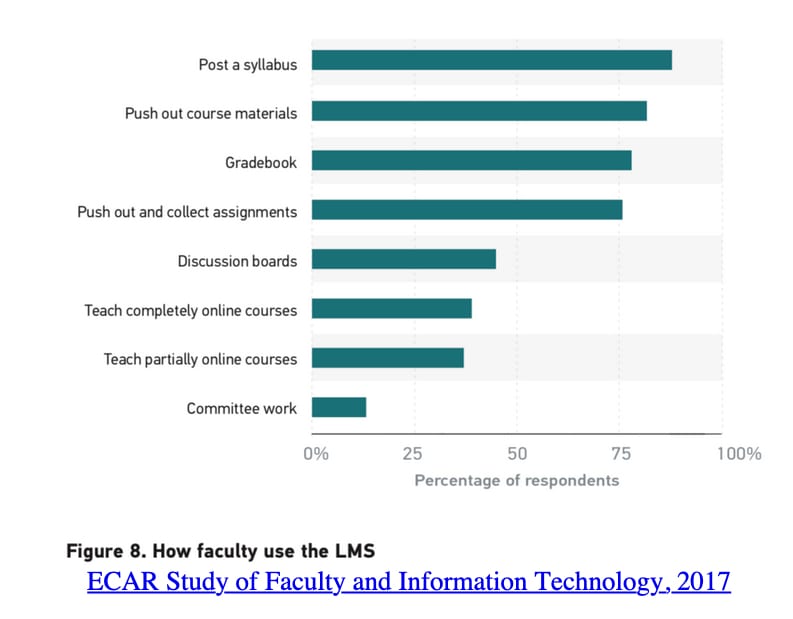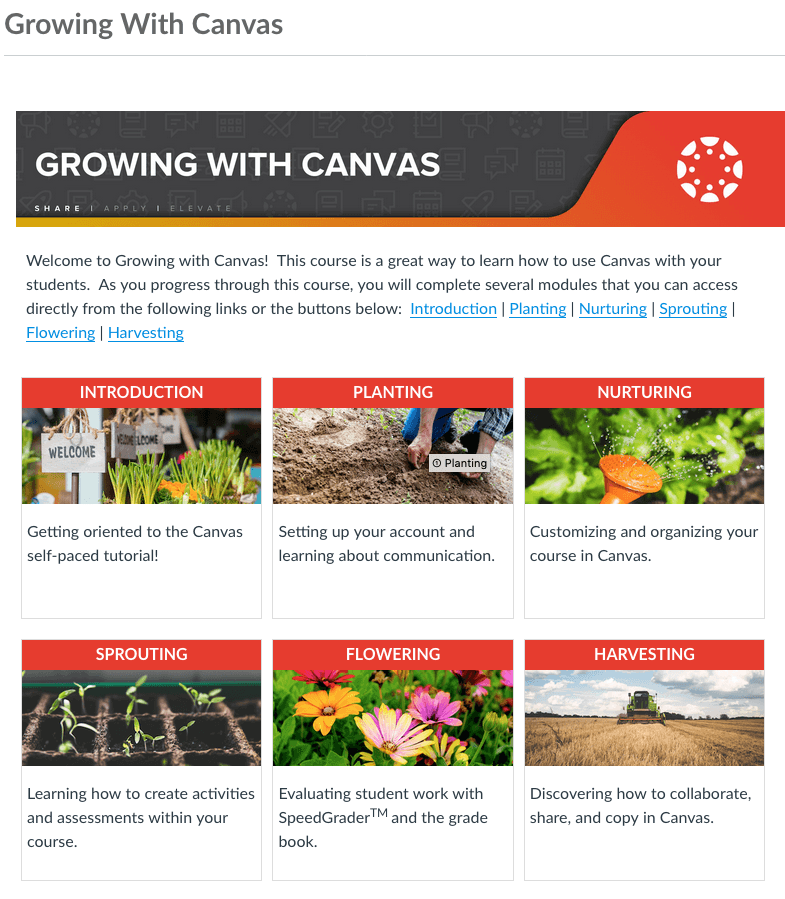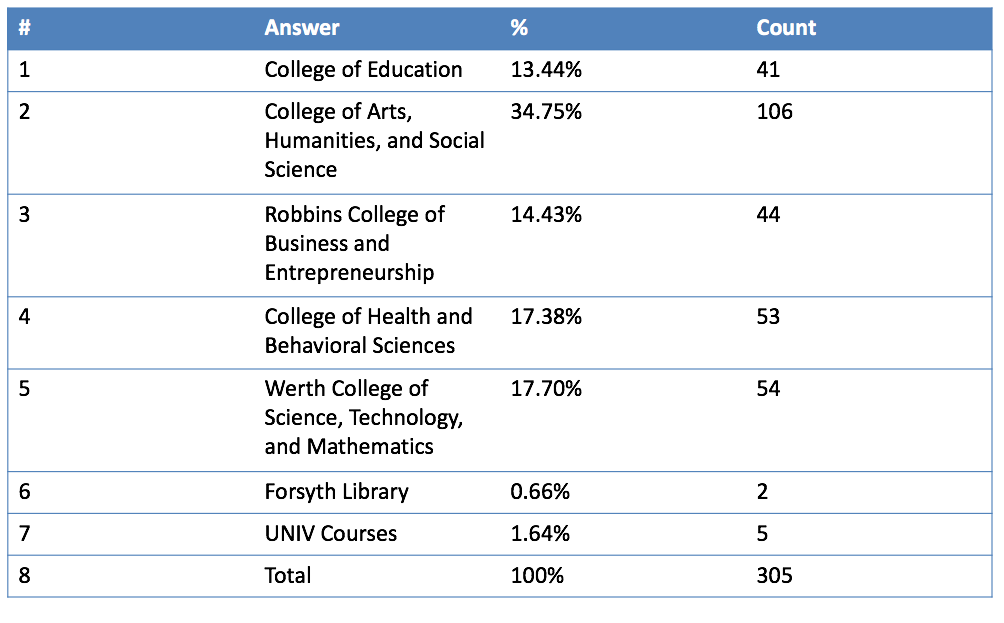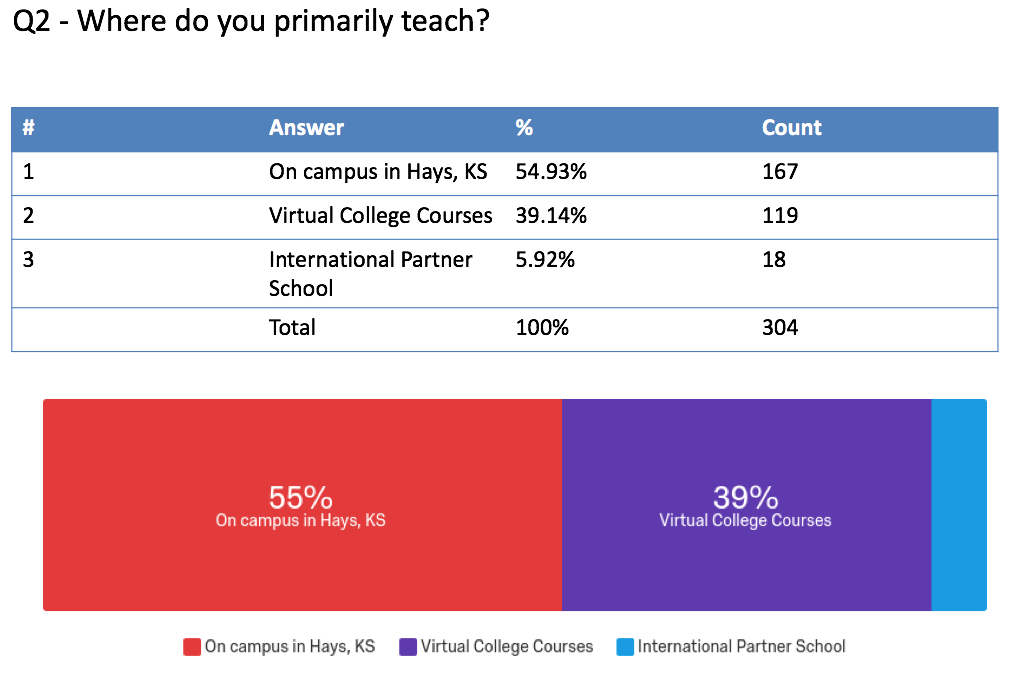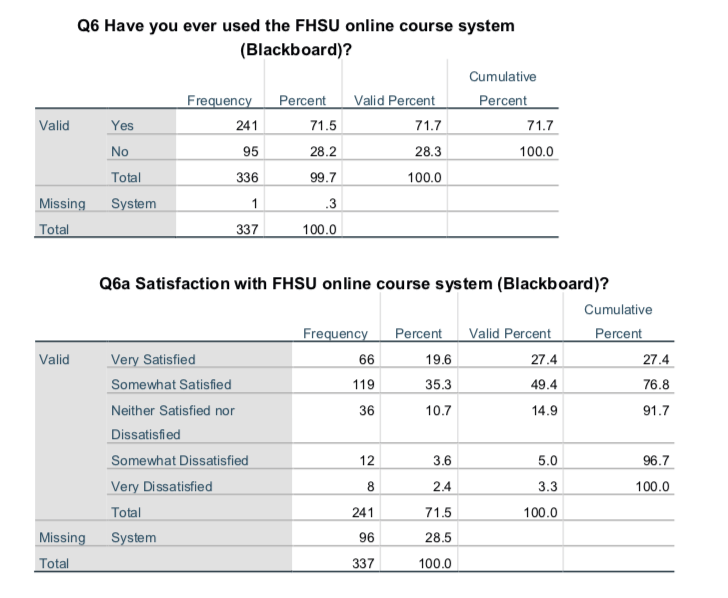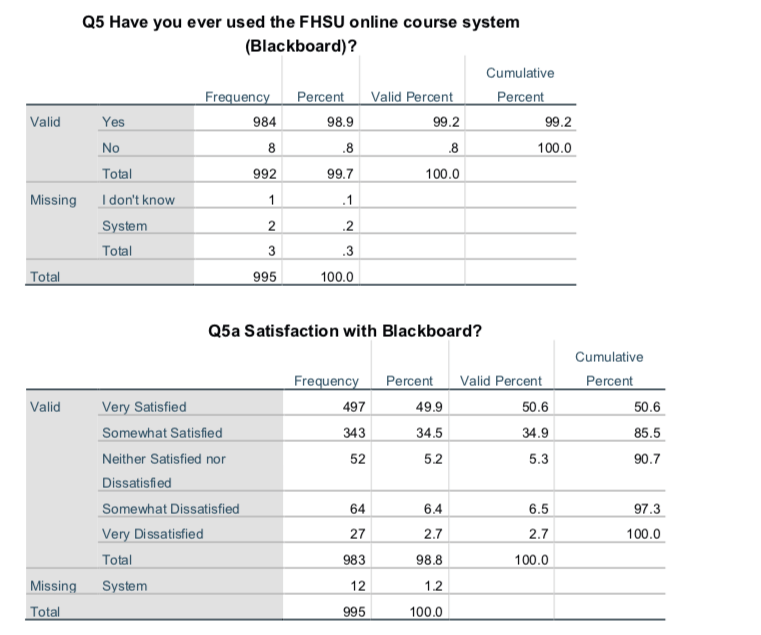Jason Harper performed some informal tests on Canvas and D2L (Brightspace) in China.
Here are his Reports:
Canvas at Sias November 18th:
FireFox: using no VPN, using “SIAS—OFFICE” campus-wide wifi. Works. Created test course: “Sias Test 1 FireFox No VPN”
Chrome: using no VPN, using “SIAS—OFFICE” campus-wide wifi. Works. Created course “Sias Test 2 Chrome No VPN”
Safari: using no VPN, using “SIAS—OFFICE” campus-wide wifi. SAFARI DID NOT CONNECT.
After refreshing the page, both Chrome and FireFox browsers immediately updated the Canvas dashboard showing the new test courses I had created.
Overall, it looks like Canvas can connect at Sias without a VPN on two known browsers (* might want to with little-to-no other traffic at 5 a.m.).
D2L Brightspace at Sias November 19th:
FireFox: using no VPN, using “SIAS—OFFICE” campus-wide wifi. Connected. However, after logging in, completely unresponsive and the page-loading indicator just spinning and spinning.
Chrome: using no VPN, using “SIAS—OFFICE” campus-wide wifi. Connected. Apps extremely slow to respond and even slower to produce anything in terms of changes or creating/managing courses. Finally able to create test posts and made changes in sandbox gradebook.
Safari: using no VPN, using “SIAS—OFFICE” campus-wide wifi. Safari had the fastest loading and responsiveness. Still very slow, though.
After refreshing pages, Safari, Chrome, and FireFox browsers showed updated changes and all of the test posts I’d made.
Overall, it looks like BrightSpace can connect at Sias without a VPN via Safari, Chrome, and FireFox; however, the rather lengthy lag time might cause frustration in users.
Canvas at SNU November 26th:
FireFox: using no VPN, using “My-Liaoning” wifi. Works. Updated test course.
Chrome: using no VPN, using “My-Liaoning” campus-wide wifi. Works. Updated course
Safari: using no VPN, using “My-Liaoning” campus-wide wifi. Works. Reviewed changes made from previous attempts.
After refreshing the dashboard page, Safari, Chrome and FireFox browsers immediately updated the Canvas dashboard showing the new additions.
Overall, it looks like Canvas can connect at Sias without a VPN on three well-known browsers.
D2L Brightspace at SNu November 26th:
FireFox: using no VPN, using “My-Liaoning” wifi. Works. Created test modules and added content.
Chrome: using no VPN, using ““My-Liaoning” wifi. Long and drawn-out loading time. Created more content to course.
Safari: using no VPN, using ““My-Liaoning”” wifi. Connected quickly and easily. Reviewed updates from other browsers.
After refreshing the pages, FireFox, Chrome, and Safari browsers all updated the dashboard showing the new test content.
Overall, it looks like BrightSpace can connect at SNU without a VPN on three well-known browsers. Embedded YouTube tutorials did not work, but there are other video platforms not blocked by China.
